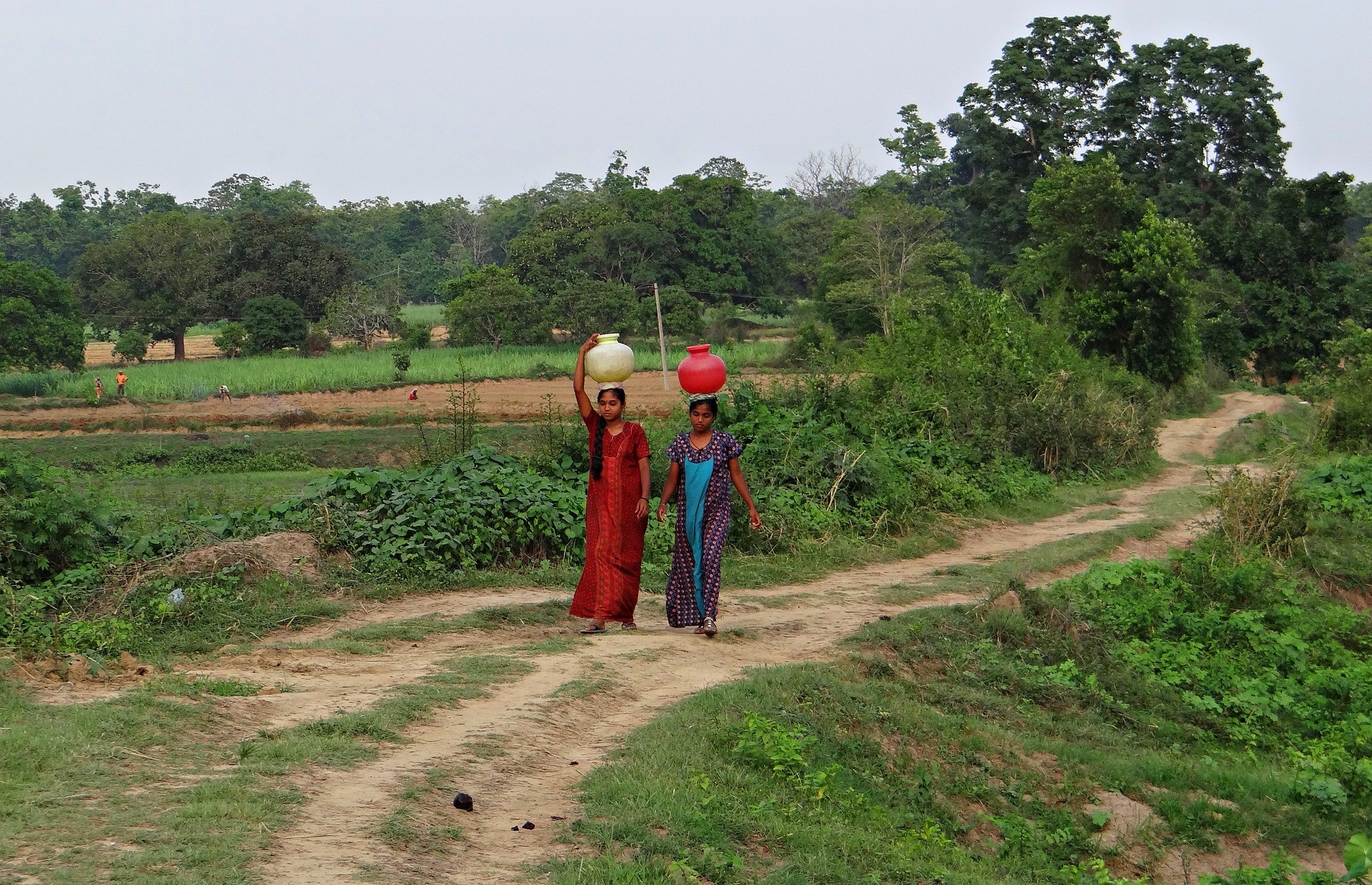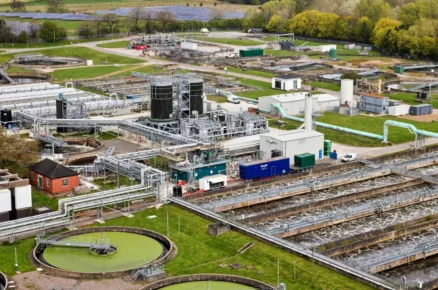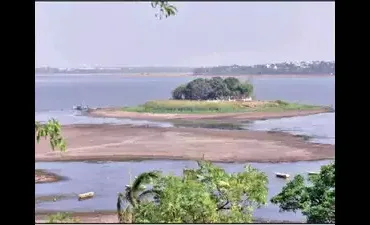WD NEWS: While some farmers stopped agricultural work two years ago as Cyclone Aamphan of 2020 inundated the area in the Sundarban Biosphere Reserve with saline water making land unfit for cultivation, people purchase drinking water from a local treatment plant as tube wells only lift saline water.
The salinity of the underground water they get from tube wells is 5 PSU (Practical Salinity Unit) while the ideal should be zero PSU, marine scientist Prof Abhijit Mitra told PTI.
People raised the issue with Chief Minister Mamata Banerjee when she visited their village in North 24 Parganas district last week.
Banerjee directed the district authorities to address their problems. Her government also has plans to create a new district, Sundarbans, and the affected area will be included in it.
The villagers also have to buy 20 litres of water for Rs 10 from the treatment plant and a family has to shell out around Rs 1,500 a month for drinking water.
Some people in the village are forced to drink saline water. Consumption of such water for a long time is likely to bring a number of health issues.
As the land has become unfit for agriculture in Hasnabad, Bhowanipur and Barunhat blocks under Basirhat sub-division, many people are now trying their hand at shrimp farming for a living.
There is no work now. The land has been spoiled by saline water.
Villagers stated that they have informed the matter to the local MLA, but there has been no help.
Mihir Adhikary, a local leader of the ruling Trinamool Congress, also talked about these problems faced by the people.
“I’ve heard about your water-related problems. We are trying to solve it. We will connect all households in West Bengal with tap water by 2024,” the chief minister said.
Expressing concern over the issue, marine scientist Dr Abhijit Mitra said that the salinity in the water of the area is increasing since the early 1980s, especially in the central part of the Indian Sundarbans region.
The central sector of the Indian Sundarban biosphere reserve is hyper-saline. No freshwater discharge is coming from the upstream area and this part is receiving only the tidal water of the Bay of Bengal, the Calcutta University teacher said.
“The salinity in water in this zone has been increasing but the rise gained momentum since 2009 after Cyclone Aila hit West Bengal. Now, there is around 20gm of salt in one litre of water which is unthinkable for agriculture,” he said.
Talking on condition of anonymity, a senior state government official said that the administration is working hard to address every issue in that area.
“Things are not that bad as it has been said. We are working very hard for the overall development of the Sundarbans and its surrounding area,” the bureaucrat said.
Source: PTI
Image courtesy: Pixabay














